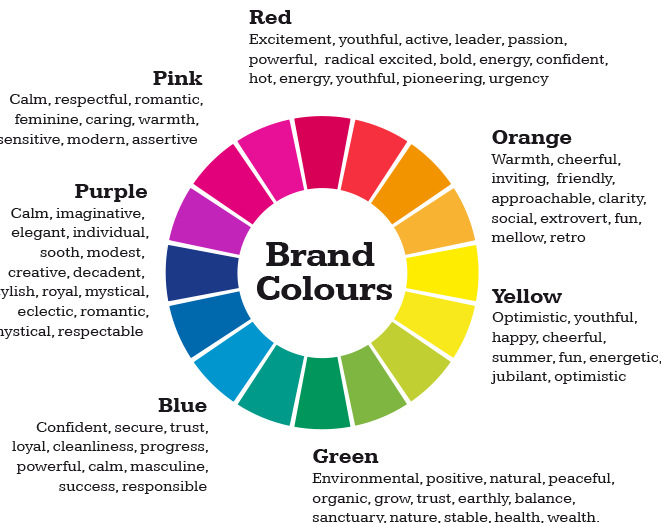Introduction: In today's highly competitive business landscape, establishing a strong brand identity is crucial for success. One of the key elements of building a recognizable and memorable brand is selecting the right colors. Brand colors play a significant role in shaping a company's image and communicating its values to the target audience. In this blog post, we will explore the importance of brand colors and how they can leave a lasting impression on consumers.
-
Creating Visual Identity: Brand colors serve as the foundation of a company's visual identity. They are a powerful tool for distinguishing a brand from its competitors. Consistency in using brand colors across various marketing materials, such as logos, websites, packaging, and advertisements, helps create a cohesive and recognizable visual identity. Think of iconic brands like Coca-Cola, McDonald's, or Apple, and their instantly recognizable color schemes that have become synonymous with their brands.
-
Evoking Emotional Responses: Colors have the ability to evoke emotional responses and influence consumer behavior. Different colors are associated with specific emotions and can trigger certain feelings in individuals. For example, red is often associated with passion, energy, and urgency, while blue conveys trust, reliability, and professionalism. By strategically selecting brand colors that align with the desired emotions and perceptions of the target audience, companies can shape how their brand is perceived and create a positive emotional connection with consumers.
-
Enhancing Brand Recognition: Consistent and distinctive brand colors contribute to improved brand recognition. When consumers repeatedly encounter the same colors in relation to a brand, it helps them remember and identify that brand more easily. Brand colors become an integral part of the overall brand experience and can be associated with specific products or services. Consider the distinct green color of the Starbucks logo or the vibrant red of the Netflix branding. These colors have become synonymous with the respective brands and instantly trigger recognition in consumers' minds.
-
Differentiating from Competitors: In crowded markets, where multiple companies are vying for consumer attention, brand colors can provide a competitive edge. Choosing a unique color palette that stands out from competitors helps a brand differentiate itself and attract attention. By opting for colors that are distinct from the industry norms, a brand can position itself as innovative, fresh, and memorable.
-
Cultural and Psychological Considerations: Colors can have cultural and psychological associations that vary across different regions and demographics. It is essential for brands to consider the cultural context and target audience when selecting brand colors. Colors that hold negative connotations or have different meanings in certain cultures should be carefully evaluated to avoid potential misunderstandings or negative perceptions.
Conclusion: In the world of branding, colors are a powerful tool for creating a lasting impression on consumers. From establishing visual identity and evoking emotions to enhancing brand recognition and differentiation, brand colors play a crucial role in shaping how a company is perceived. By carefully selecting colors that align with the brand's values and resonate with the target audience, businesses can create a strong and memorable brand presence that leaves a lasting impact.
